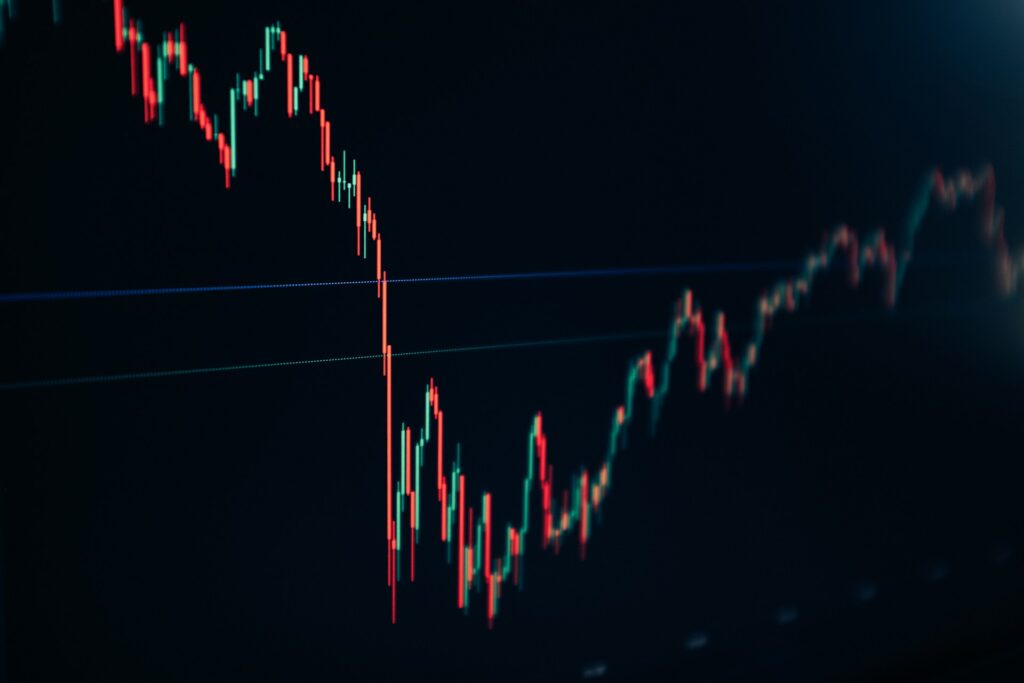
KARACHI, May 8, 2025 — The Pakistan Stock Exchange (PSX) witnessed a dramatic downturn on Thursday as the benchmark KSE-100 index plummeted by 7.2% during intraday trading, prompting a temporary one-hour trading halt. The sharp selloff was triggered by investor panic following reports of multiple aerial security incidents in major cities, including Karachi and Lahore.
The crash marks one of the steepest single-day drops in recent years, eroding billions of rupees in market capitalization within hours. The KSE-100 index, which had shown signs of recovery earlier this year, is now facing renewed uncertainty amid escalating regional tensions.
What Triggered the Crash?
The market shock came shortly after military officials in Pakistan announced the neutralization of 12 foreign drones allegedly breaching the country’s airspace. While official statements stopped short of naming the origin, media reports widely speculated links to India. These developments occurred in the backdrop of strained bilateral relations following the deadly Pahalgam attack in Indian-administered Kashmir, which led to retaliatory airstrikes by India on what it described as militant targets inside Pakistan.
Investor fears were compounded by uncertainty over potential escalation between the two nuclear-armed nations. Market participants rushed to offload holdings, seeking safer asset classes in response to the deteriorating security environment.
A History of Volatility
This is not the first time the PSX has faced sharp declines. In April 2025, the market experienced another crash following the announcement of new U.S. trade tariffs under President Donald Trump’s economic policy shift. The index fell by over 8,700 points, triggering circuit breakers and halts in trading.
In 2020 and 2022 as well, the Pakistani market saw major corrections due to the COVID-19 pandemic and political instability, respectively. Each event highlighted the market’s vulnerability to both global shocks and internal turbulence.
Current Market Status
As of market close on May 8, the KSE-100 index stands significantly below its psychological threshold of 50,000 points, wiping out weeks of gains. Volatility remains high, and trading volumes suggest widespread liquidation of positions across sectors, particularly banking, energy, and construction.
The Pakistan Rupee also depreciated slightly against the US dollar, reflecting growing investor unease and pressure on foreign exchange reserves.
Looking Ahead: Risks and Resilience
Market analysts warn of continued volatility in the near term, especially if tensions with India escalate or if political uncertainty increases domestically. However, some remain cautiously optimistic, citing underlying economic fundamentals such as recovering exports, stabilizing inflation, and ongoing IMF support.
“The market has shown resilience in the past after similar geopolitical events,” said Ahsan Farooq, a senior analyst at JS Global. “While sentiment is currently low, institutional investors may find value in selected sectors once the dust settles.”
The government and regulatory bodies, including the Securities and Exchange Commission of Pakistan (SECP), have urged calm and reassured investors that mechanisms are in place to prevent prolonged market disruption.
Conclusion
The Pakistan Stock Market’s sharp crash reflects not only the fragility of investor confidence in a volatile regional climate but also the country’s recurring struggle to shield its financial markets from external shocks. Moving forward, a clear policy direction, de-escalation of cross-border tensions, and investor-friendly reforms will be essential to restore market stability and renew investor trust.
